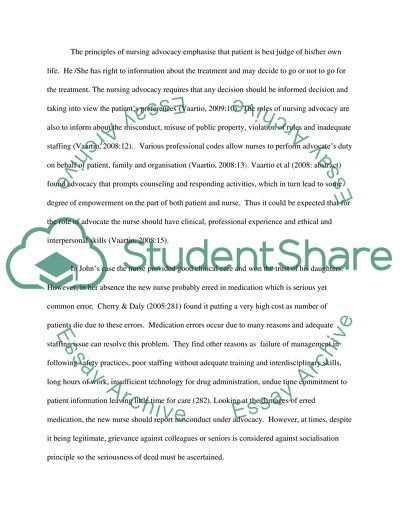Cite this document
(“Clinical Scenario Analysis Essay Example | Topics and Well Written Essays - 1000 words”, n.d.)
Clinical Scenario Analysis Essay Example | Topics and Well Written Essays - 1000 words. Retrieved from https://studentshare.org/health-sciences-medicine/1530082-clinical-scenario-analysis
Clinical Scenario Analysis Essay Example | Topics and Well Written Essays - 1000 words. Retrieved from https://studentshare.org/health-sciences-medicine/1530082-clinical-scenario-analysis
(Clinical Scenario Analysis Essay Example | Topics and Well Written Essays - 1000 Words)
Clinical Scenario Analysis Essay Example | Topics and Well Written Essays - 1000 Words. https://studentshare.org/health-sciences-medicine/1530082-clinical-scenario-analysis.
Clinical Scenario Analysis Essay Example | Topics and Well Written Essays - 1000 Words. https://studentshare.org/health-sciences-medicine/1530082-clinical-scenario-analysis.
“Clinical Scenario Analysis Essay Example | Topics and Well Written Essays - 1000 Words”, n.d. https://studentshare.org/health-sciences-medicine/1530082-clinical-scenario-analysis.


